Address
33-17, Q Sentral.
2A, Jalan Stesen Sentral 2, Kuala Lumpur Sentral,
50470 Federal Territory of Kuala Lumpur
Contact
+603-2701-3606
info@linkdood.com
Address
33-17, Q Sentral.
2A, Jalan Stesen Sentral 2, Kuala Lumpur Sentral,
50470 Federal Territory of Kuala Lumpur
Contact
+603-2701-3606
info@linkdood.com
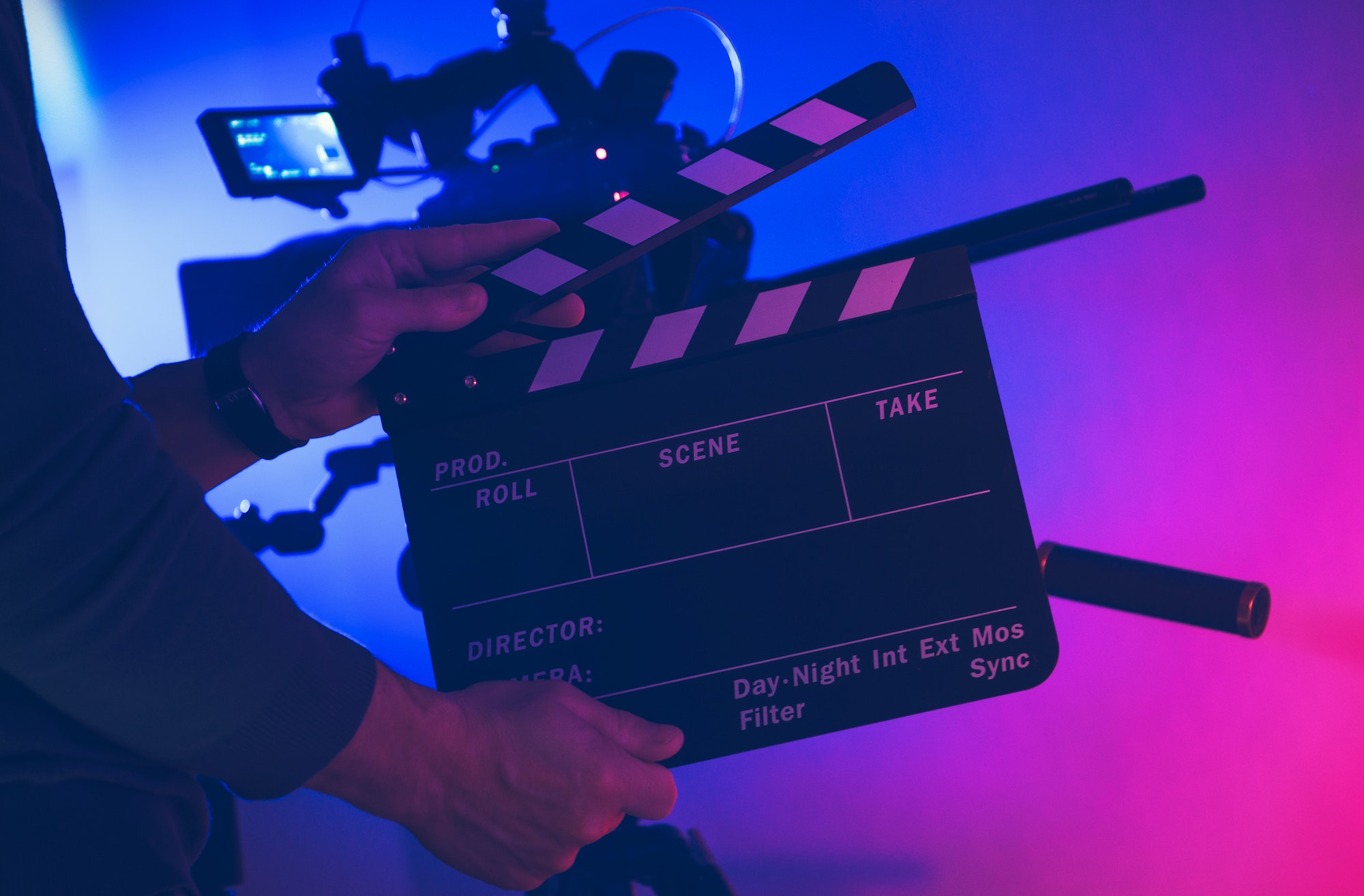
Imagine if you could use computers to recreate actors and their performances in films. Sounds cool, right? But this idea has also made people a bit worried. This is happening now with AI tech in filmmaking. A bunch of big movie producers came out with an idea to use AI to recreate performances of actors, and this is making some people uneasy. The Screen Actors Guild (the group that represents actors) is worried that this might mean less work for real people. The challenge here is to use AI to make movies better, but also to keep the human touch and respect workers’ rights.
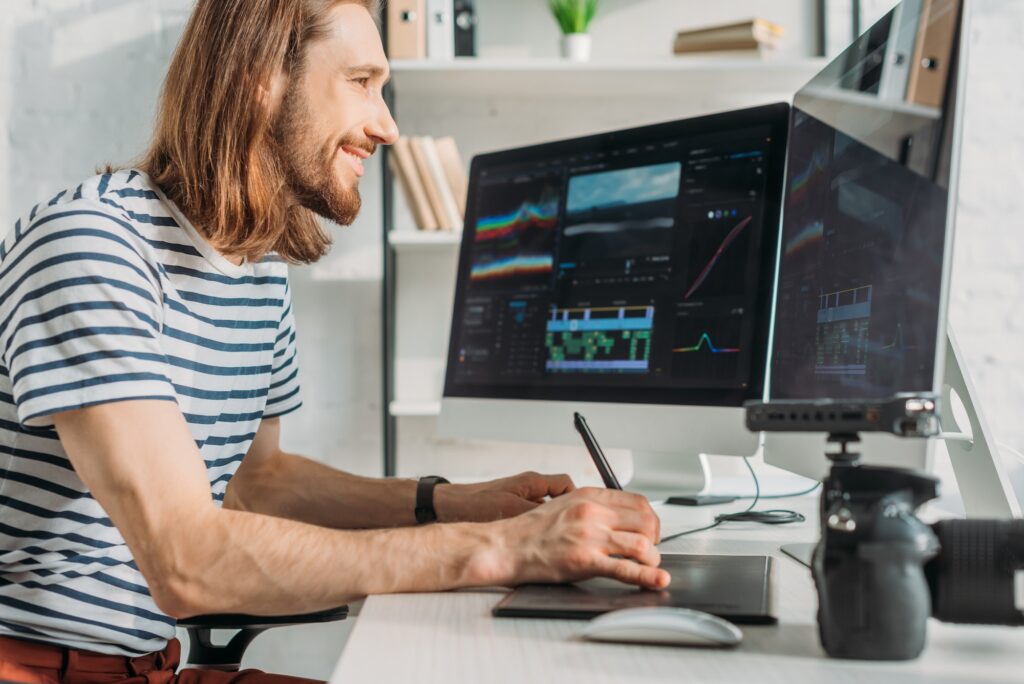
AI tools, made by companies like Wonder Dynamics, Runway, and Stability AI, are letting filmmakers create super realistic images just from written prompts. Big studios are using these tools to create complicated scenes, like crowded clubs or massive battle scenes, more easily and cheaply. This is a big deal for smaller filmmakers who don’t have tons of money to spend.
Before AI, filmmakers used CGI (computer-generated imagery) to make changes to how actors look or to recreate actors who have passed away. But AI is cheaper and doesn’t need as much human involvement, so it’s easier to use. This is making things fairer in the industry because now even filmmakers with less money can create amazing visuals.
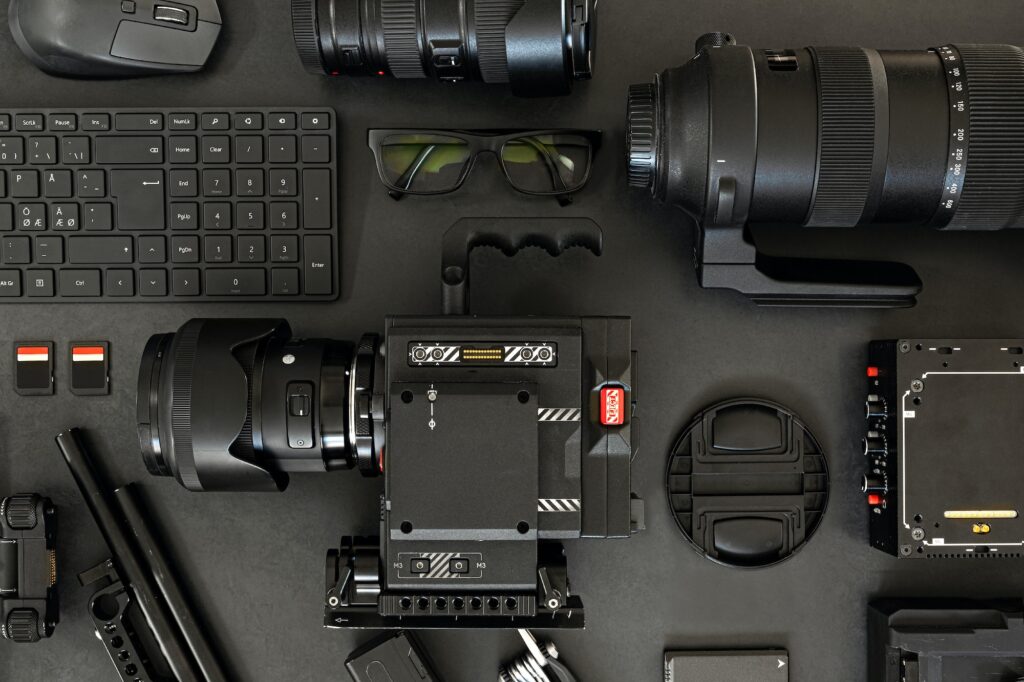
Even though AI is super useful, using it to replace actors can be a problem. Remember, actors make their money from their unique performances. AI should be used to help tell stories and make movies better, not to get rid of actors.
AI is giving independent filmmakers more power to explore and create without worrying about money. For example, a director named Martin Haerlin used AI to make a viral video that showed lots of different transformations. A filmmaker from Los Angeles named Jahmel Reynolds also used AI to make cool sci-fi scenes. AI is helping filmmakers achieve their dreams without breaking the bank.
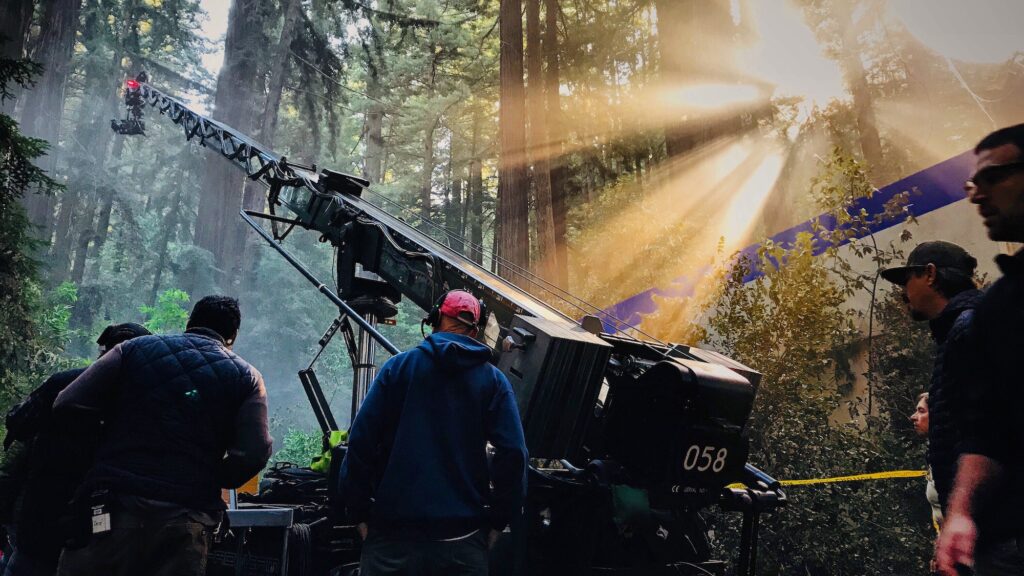
When AI gets really good, it can start to look weird or unreal, a problem known as the “uncanny valley.” Even though AI can mimic human behavior, it’s not perfect. AI should be used to help actors tell stories, not to replace them.
We need to make sure that people working in film still have their rights protected even when AI is being used. The Screen Actors Guild is worried that AI might be used to get around paying actors. This needs to be discussed between the unions and the studios to make sure everyone gets paid fairly and knows what’s going on.
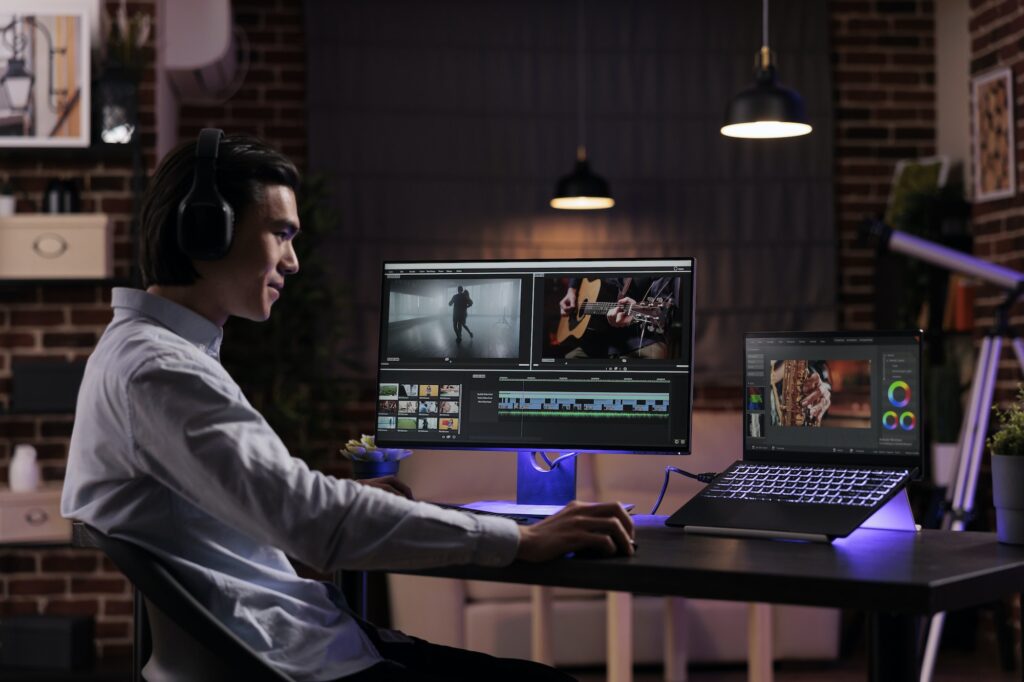
As AI becomes more common, it’s important to remember that AI-generated content isn’t the same as human creativity. AI can be used to help tell stories and make films better, but it shouldn’t replace human talent.
AI is changing the game in filmmaking. It’s helping filmmakers (especially independent ones) bring their ideas to life. But as AI gets more popular, it’s important to use it responsibly and to keep the human touch in films. AI should be used to help tell stories, not to replace actors.
By using AI in a fair and creative way, the film industry can help create a future where tech improves films while also respecting the people who make them. Let’s use AI as a tool to make our movie experiences better, while keeping the heart of storytelling—the human performances—alive.
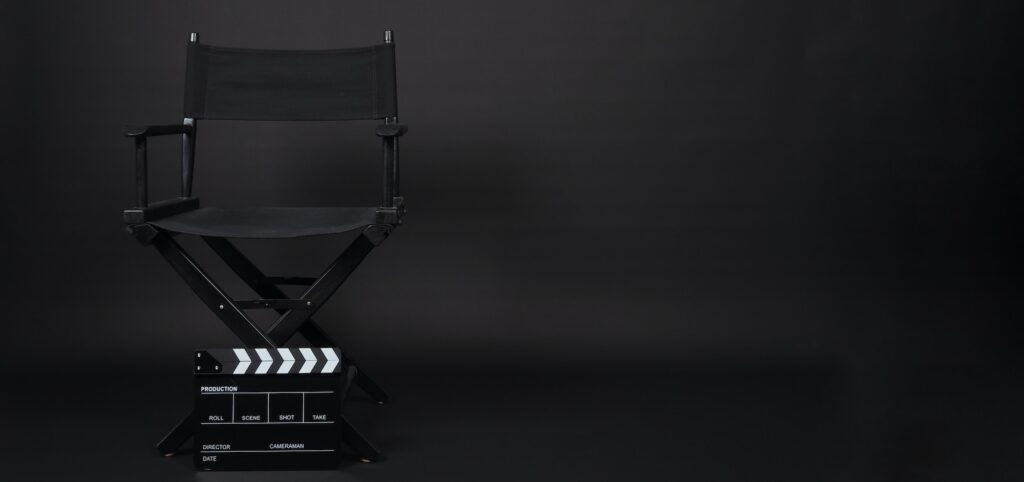
Q: What is the role of AI in filmmaking?
A: AI in filmmaking is used to create hyper-realistic images and scenes from written prompts, render complex scenes more efficiently, and cut down costs. It’s giving filmmakers, especially independent ones, more power to explore and create without worrying too much about the budget.
Q: What’s the difference between AI and CGI?
A: CGI, or Computer-Generated Imagery, has been a mainstay in filmmaking for years, used to alter actors’ appearances or recreate characters. AI, on the other hand, offers similar capabilities but requires less human intervention and is more economical, which makes it more accessible to filmmakers with limited resources.
Q: Will AI replace human actors?
A: While AI technology has the capability to recreate performances, the consensus in the industry is that AI should be used to enhance creativity and storytelling, rather than replacing actors. The human touch in performances, with all its nuances and emotional depth, is considered irreplaceable.
Q: How does AI impact independent filmmakers?
A: AI provides a great opportunity for independent filmmakers. It empowers them to bring their creative visions to life without the constraints of budget limitations. They can now create ambitious scenes and visuals that previously might have been out of their reach due to high costs.
Q: Are there concerns about AI’s integration in filmmaking?
A: Yes, there are concerns, especially when it comes to workers’ rights and the potential “uncanny valley” effect—where AI-generated characters may appear awkward or unrealistic. The industry has to ensure fair compensation for actors and informed consent when employing AI, and it must strive to maintain authenticity in performances.
Q: How can we maintain the human touch in films with the use of AI?
A: AI should be used as a tool to assist in the storytelling process and to amplify the creative possibilities in filmmaking, not to replace human performances. The aim is to keep the unique human aspects of performance, like emotional depth and individual nuances, at the heart of filmmaking.
Sources TIME
New AI Columnist: Italian Newspaper Embrace AI With a Warning